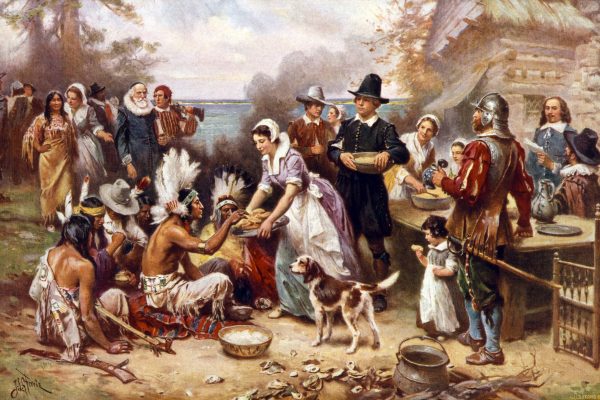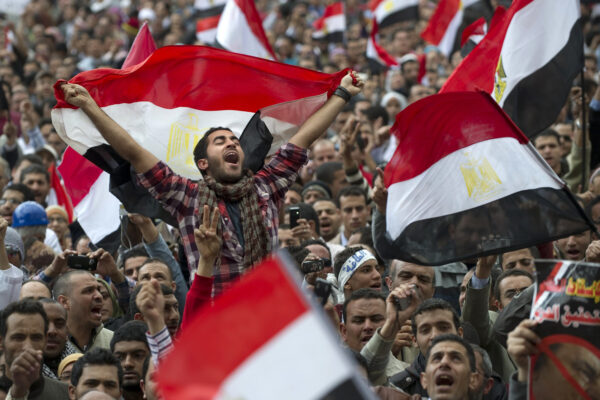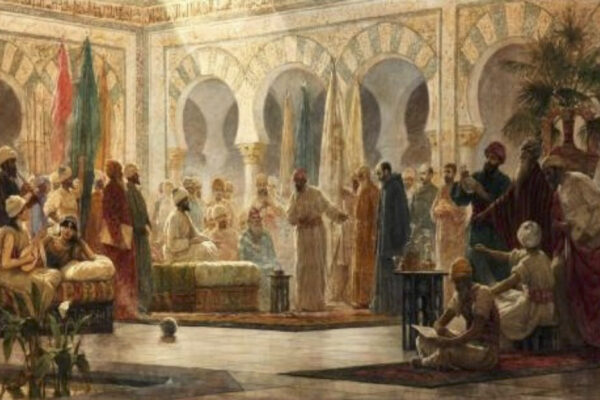When in Bosnia, you cannot escape Bosnia. That is, the war of 1992-1995. In the midst of trendy Sarajevo, the narrow roads, the picturesque bridges over the stream that runs through the capital, over the sweet smell of sheesha in the numerous squares of the old town you will see graves, hoards of graves. Graves in parks, graves on hills, graves on green plots of land – graves with one disturbing thing in common. Date of Death: 1993. 1994. 1995. A sea of graves everywhere, not of people who have lived full lives and died of old age surrounded by family. These are the graves of the victims of war, people who had full lives that were not destined to be lived because the drums of war had decreed otherwise.
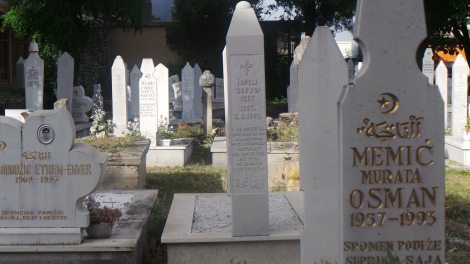
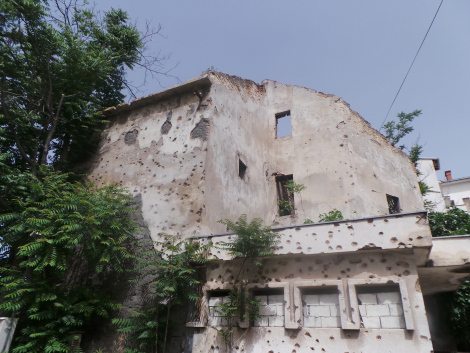
This constant reminder served as the backdrop to everything else, for me, as a visitor to this country. To learn more about the war I went to the Srebrenica genocide museum in central Sarajevo. Before I go into the experience that was the museum, I’ll provide an overview for those unfamiliar with the events at Srebrenica.
As a UN Safe Area, Bosnians flocked to Srebrenica seeking safety and refuge from War – what they got however was the greatest European atrocity since World War II.
Following the breakup of the Yugoslavia in 1992, Bosnia declared independence which triggered years of war due to the complex ethnic make up of the country; Serbian, Croation and Bosniak (Muslims). The Serbs, supported by Serbia’s Milosoveic and the Yugoslav National Army came to control 70% of Bosnia-Herzegovina through ethnic cleansing, war crimes and genocide – this brings us to Srebrenica. Srebrenica is a small city located in the east near the country’s border with Serbia. At the start of the war the city was under the control of the Army of the Republic of Bosnia-Herzegovina which caused an influx of internally displaced people from surrounding areas into Srebrenica. In 1993 the UN declared Srebrenica a UN Safe Area under the protection of The United Nations Protections Force (UNPROFOR) and herein lies the tragedy. As a UN Safe Area, Bosnians flocked to Srebrenica seeking safety and refuge from War – what they got however was the greatest European atrocity since World War II. The UN Protections Force was made up of around 400 Dutch ‘peacekeepers’ carrying light weapons they did not know how to use, so when the Serbian forces attacked the town in 1995 little was done to resist them and the Bosniaks paid the ultimate price. Men and boys were systematically rounded up and massacred. Up to 50,000 women and girls were raped in organized, systematic fashion by gangs of soldiers. In those few days following the fall of Srebrenica over 8,000 Bosniak men and boys were massacred. What occurred in Srebrenica, a UN Safe Zone where people had flocked to for safety and respite from the war, was genocide.
The museum was practically empty when I arrived – the design very modern and minimalistic, feeling more like a trendy arts exhibition than a museum. Large black and white images were displayed on the walls – images from Srebrenica. The names of victims inscribed on canvases at the outset…names, endless names. What was particularly disturbing were the pictures of graffiti in Srebrenica…some of which were scrawled by the Dutch UN peacekeepers themselves. For genocide to be possible the perpetrators embark on a campaign to dehumanize the victim population, reducing them to ‘unpeople’ who have no worth that can then be wiped out in methodical massacres. This was evident here with the Serbian army, however what was extremely difficult to stomach was that the ‘peacekeepers’ charged with the protection of this ethnic group partook in the campaign to strip them of their dignity and humanity.

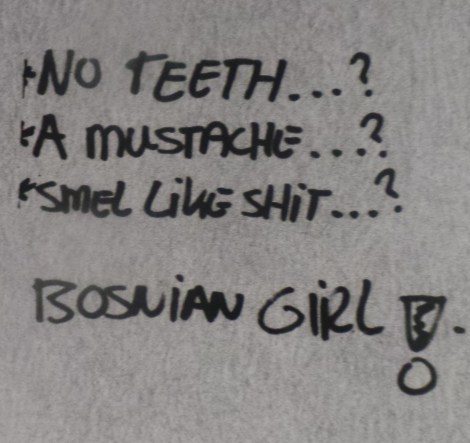
The museum is intentionally set up to start with the dead victims and end with the survivors of Srebrenica via survivor testimony videos on large individual screens with headphones. The testimonies are purposefully simple; no probing questions or interjecting interviewer, just the survivor retelling their story in their own words. Watching video after video of different testimonies was one of the most heartbreaking experiences of my life. I cannot attempt to retell or even articulate the sense of pain of hearing these stories. I can only suggest that maybe you will take some time to watch one or two or a few of these testimonies as these are all available online here. One of the goals of the museum is to demonstrate that Srebrenica is more than the site of genocidal atrocities, but is rather a region whose history and legacies should be preserved for future generations; that goal is definitely achieved.
In one of the many survivor testimonials a woman whose son was killed in the Srebrenica massacre comments on being asked by her neighbour why she returned to Srebrenica. She responds
“Defiance. That’s what sustains me. I am here.”
If you want a feel-good holiday with quaint bazaars and rustic shopping finds then Istanbul is great especially in Spring. Bosnia & Herzegovina cannot be experienced in isolation from the Bosnian War – to attempt to do so is futile and callously reductive.
For most of us that is a difficult concept to grasp – that survival is defiance, but for survivors of ethnic genocide that is exactly what their survival denotes – a defiance in the face of a campaign to wipe out their existence – to ethnically ‘cleanse’ a land of a people deemed unworthy of survival. As we have reached the 20th anniversary of Srebrenica, it is necessary to understand that this is not a remembrance of a past event, brutal but confined to dark pages of history. Many of the survivors; mothers, fathers, wives, widows, sisters, brothers are still there, year on year, searching endlessly for the remains of their massacred loved ones to bury in the ground and mark their lives with a gravestone – a physical declaration of their existence and a damning indictment of their killers, from the actual perpetrators to those who stood on in silence allowing the perpetrators free reign in their campaign of ethnic cleansing.
To give a voice to people who have purposefully been denied humanity (and continue to be) is not something to dismiss- to listen to their stories is to ensure that one of the worst atrocities to happen in recent history is not forgotten and never allowed to be repeated. Returning from my trip to Bosnia & Herzegovina many people asked me if I would recommend Bosnia as a holiday destination, if it was “the new Turkey, with fewer tourists?” My answer is no. If you want a feel-good holiday with quaint bazaars and rustic shopping finds then Istanbul is great especially in Spring. Bosnia & Herzegovina cannot be experienced in isolation from the Bosnian War – to attempt to do so is futile and callously reductive. If you are willing to engage with the tragedy of the War whilst having your senses shaken and your heart broken then make your way…
